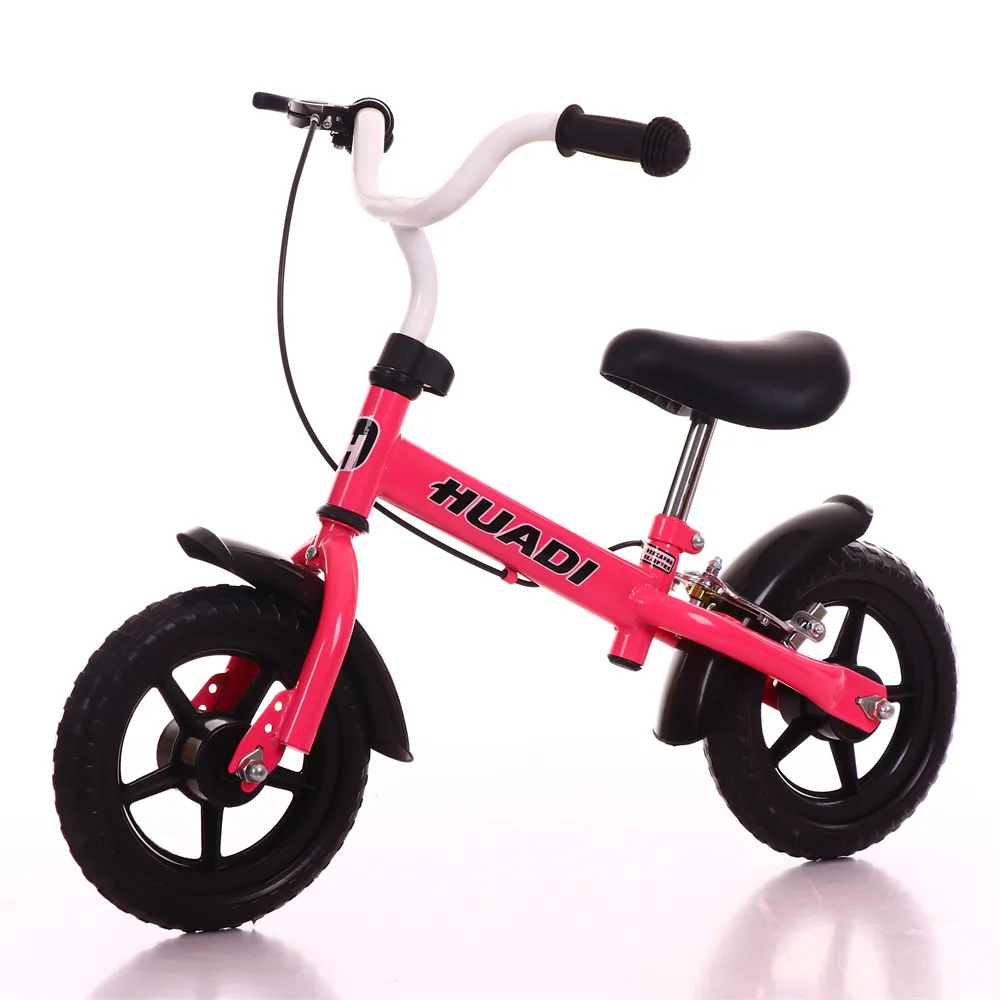Guide to Choosing the Perfect Balance Bike for Your Child's Development
Balance The Essential Skill for Riding Baby Bikes
When it comes to introducing children to the joy of cycling, balance is the foundation of a successful experience. The baby bike, often referred to as a balance bike, plays an integral role in helping young children develop their balancing skills before they transition to traditional pedal bikes. These lightweight bicycles, designed for toddlers and preschoolers, are an excellent tool that fosters independence, confidence, and physical coordination.
The concept of a balance bike is straightforward. Unlike conventional bikes that come equipped with training wheels, balance bikes lack pedals. Instead, children propel themselves forward using their feet while seated on a low-slung frame. This design encourages them to focus entirely on maintaining balance rather than pedaling. As a result, kids learn to balance efficiently, which is a crucial skill when they eventually move on to bikes that require pedaling.
Balance The Essential Skill for Riding Baby Bikes
Moreover, the learning curve for riding a balance bike is significantly less steep compared to traditional bikes. Children quickly grasp the joy of gliding along as they gain confidence in their abilities. This newfound sense of freedom is often contagious; kids become excited to explore their surroundings and challenge themselves with little obstacles along their path. Their natural curiosity is harnessed, leading to hours of outdoor activity—an essential aspect of childhood development.
balance baby bike

In addition to physical development, riding a balance bike positively impacts cognitive and social skills. As children navigate their environments, they develop spatial awareness and critical thinking. They learn to assess risks, improve their problem-solving skills, and enhance their decision-making abilities. Furthermore, riding alongside peers fosters camaraderie and teamwork, allowing kids to make new friends while encouraging one another.
Safety is a priority when it comes to introducing children to balance biking. Parents are encouraged to invest in proper safety gear, including helmets and knee pads. Teaching basic safety rules, such as riding in safe areas away from traffic and crowded places, can help parents ensure their children enjoy their biking experience without unnecessary risks. Setting a good example by following safety measures themselves can also reinforce the significance of safety in their children's upbringing.
Transitioning from a balance bike to a pedal bike becomes a seamless process for kids who have mastered their balancing skills. Once they feel comfortable balancing, the introduction of pedaling requires minimal effort. Children often find it easier to learn how to pedal simply because they already possess the necessary balance. This natural progression not only saves time but also builds a deep-rooted confidence that will serve them in various physical activities throughout their lives.
In conclusion, balance bikes are a delightful and practical method for teaching young children the essential skill of balance before they take on traditional biking. By encouraging physical activity, nurturing cognitive development, and reinforcing safety, balance bikes pave the way for a lifelong love of cycling. The thrill of gliding down the sidewalk, the sense of achievement after mastering balance, and the joy of riding with friends are all gifts that balance biking offers—forms of exploration that empower the next generation to embrace the joys of outdoor play. So, as spring comes around and the weather warms up, parents should consider investing in a balance bike for their little ones and watch as they embark on adventures filled with balance, joy, and discovery.
-
The Perfect Baby TricycleNewsAug.11,2025
-
Ride into Fun with Bikes for KidsNewsAug.11,2025
-
Ride into Adventure with the Perfect Kids Balance BikeNewsAug.11,2025
-
Fun and Safe Riding with the Best Childrens ScootersNewsAug.11,2025
-
Find the Perfect Childrens Bike for Your Little OneNewsAug.11,2025
-
Explore the Best Baby Tricycles for Your Little OneNewsAug.11,2025
-
Three-Wheel Light-Up Scooter Benefits for KidsNewsJul.11,2025








